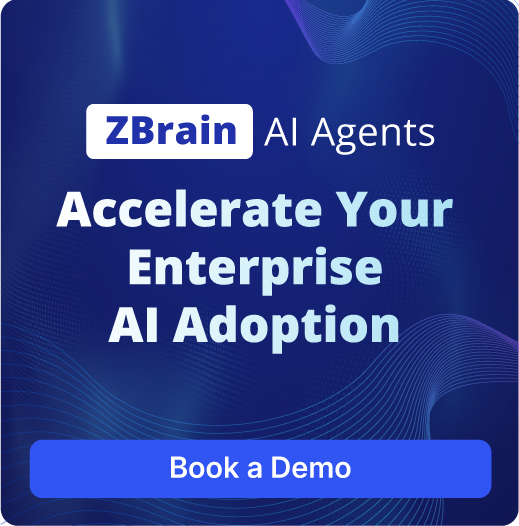
SCM Procurement Policy Advisor Agent
Automates procurement policy guidance with LLM-driven precision, accelerating query resolution, improving compliance, and reducing manual efforts.

RFQ Broadcast AI Agent
Identifies relevant vendors and drafts tailored emails to distribute RFQs based on requirement specifications.

RFQ Response Evaluation Agent
Automates evaluation of RFQ responses across key criteria, delivering structured, comparative reports to support procurement decisions.

RFQ Response Documents Retrieval Agent
Automatically filters Gmail for RFQ emails, extracts document content, and shares it with the RFQ Screening Agent for streamlined processing.

RFQ Response Screening Compiler Agent
Automates scoring of RFQ responses, classifying vendor documents and updating evaluation results in a structured Google Sheet for seamless vendor selection.

RFQ Response Screening Rules Creation Agent
Defines screening rules and evaluation criteria for finalized RFQs to streamline vendor response evaluation.

RFQ Creation Agent
Automates RFQ creation by processing requirements, selecting templates, and ensuring compliance with organizational standards.

SCM Procurement Policy Advisor Agent
Automates procurement policy guidance with LLM-driven precision, accelerating query resolution, improving compliance, and reducing manual efforts.

RFQ Broadcast AI Agent
Identifies relevant vendors and drafts tailored emails to distribute RFQs based on requirement specifications.

RFQ Response Evaluation Agent
Automates evaluation of RFQ responses across key criteria, delivering structured, comparative reports to support procurement decisions.

RFQ Response Documents Retrieval Agent
Automatically filters Gmail for RFQ emails, extracts document content, and shares it with the RFQ Screening Agent for streamlined processing.

RFQ Response Screening Compiler Agent
Automates scoring of RFQ responses, classifying vendor documents and updating evaluation results in a structured Google Sheet for seamless vendor selection.

RFQ Response Screening Rules Creation Agent
Defines screening rules and evaluation criteria for finalized RFQs to streamline vendor response evaluation.

RFQ Creation Agent
Automates RFQ creation by processing requirements, selecting templates, and ensuring compliance with organizational standards.
Optimize Procurement Strategy with ZBrain AI Agents for Sourcing Management
ZBrain AI Agents for Sourcing Management transform procurement processes by automating and streamlining key tasks such as RFQ (Request for Quotation) development, supplier evaluation, and response analysis. These AI agents are specifically designed to enhance operational efficiency, enabling procurement teams to handle complex sourcing activities with greater precision and speed. By leveraging ZBrain Ai agents' advanced capabilities, organizations can expedite RFQ creation, automate response evaluation, and assess supplier performance more effectively, allowing procurement professionals to focus on strategic sourcing decisions rather than time-consuming administrative tasks. The flexibility of ZBrain AI agents for sourcing management ensures seamless integration with existing procurement workflows, providing tailored solutions for a wide range of sourcing challenges. These agents enhance sourcing decision-making by delivering real-time insights, enabling teams to identify best-fit suppliers, optimize sourcing strategies, and better manage supplier relationships. With ZBrain AI agents, procurement teams can elevate the RFQ process, ensure compliance with sourcing requirements, and make data-driven decisions to drive superior outcomes and gain a competitive edge in the marketplace.

